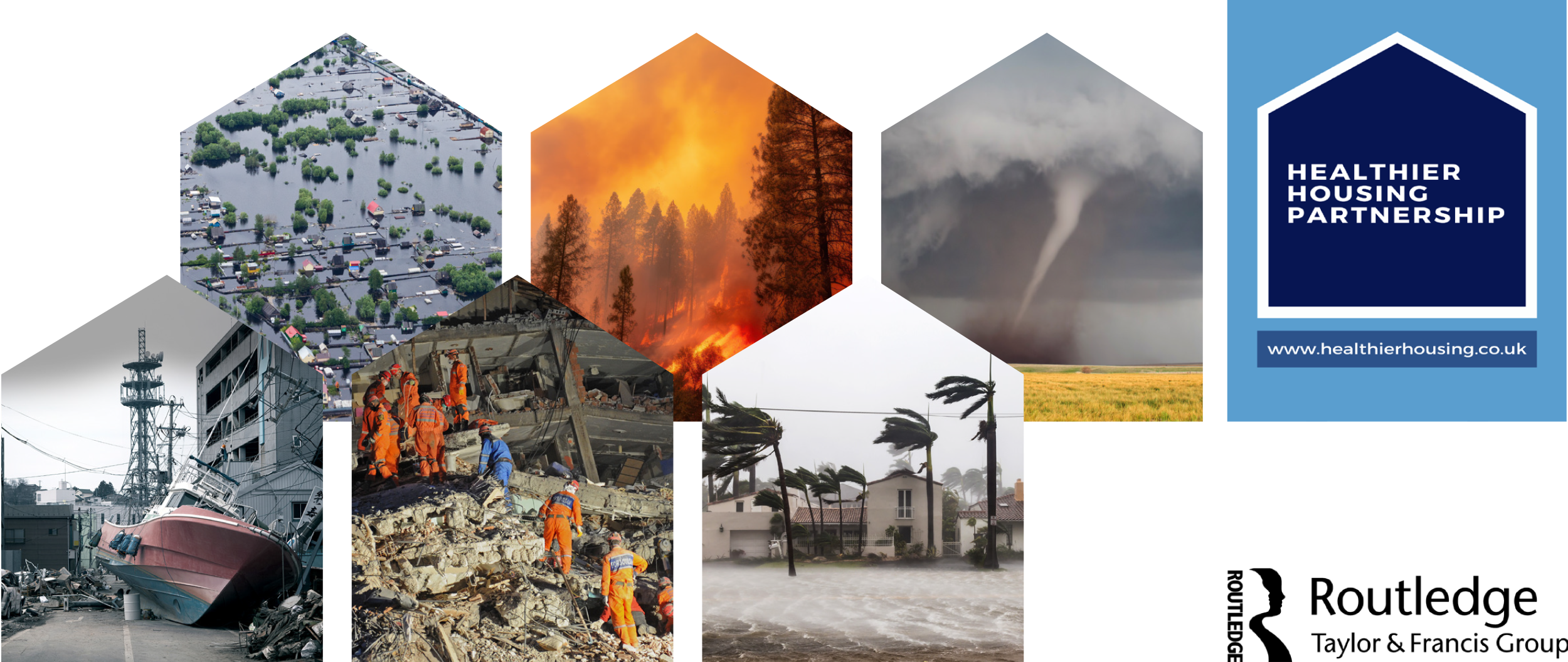Parallel Session E 15.50
Professor Toshiharu Ikaga
Keio University, Japan
Yoshihisa Fujino, Shintaro Ando, Wataru Umishio, Kazuomi Kario, Shuzo Murakami
The Nationwide housing insulation retrofit survey on 2,000 households and 4,000 residents launched in 2014 supported by the Japanese government. This paper introduces major findings of 13 original medical papers (1)-(13) and one review paper (14) by authors as follows:
- 90% of homes have indoor temperature below the WHO recommended 18 °C, and the lower the temperature, the more likely it is to be in a warm climate, live alone, or have a low income (Indoor Air 2020)
- Elderly people, who are more susceptible to health damage caused by the cold, did not feel the cold as much (Env Int. 2024)
- Development of estimation model for home blood pressure based on age, gender, lifestyle, and indoor temperature (Hypertens. 2019)
- Daily and day-to-day variation in home blood pressure is significantly greater in homes with unstable indoor temperature (Hypertens Res. 2021)
- Average morning systolic blood pressure decreased by 3.1 mmHg through insulation retrofit, (J Hypertens. 2020)
- Abnormal electrocardiogram findings were 2.2 times more likely to live in cold homes less than 12 °C compared to those with an average room temperature of 18 °C or higher (Environ Health Prev Med. 2021)
- Blood lipids exceeding the standard value were 1.6 times more likely to live in cold homes less than 12 °C compared to those with an average room temperature of 18 °C or higher (J Atheroscler Thromb. 2022)
- Overactive bladder symptoms are 1.4 times more likely to live in cold homes less than 12 °C compared to those with an average room temperature of 18 °C or higher (Urology 2020)
- Sleep quality is significantly lower in cold and dry bedrooms (Nagoya J. Med. Sci. 2021)
- Health-related QOL is significantly lower in cold, noisy and dark homes (Indoor Air 2021)
- Sedentary time in home is significantly longer in cold homes (Exercise Epidemiology Study 2021)
- Sedentary time in home is significantly reduced by improving indoor temperature through insulation retrofit (Exercise Epidemiology Study 2023)
- Falls in home are 2.9 times larger in cold home less than 12 °C compared to 18°C or higher (Japan Journal of Geriatrics 2024)
- Hypertension and cardiovascular diseases are lifestyle-related as well as environmental diseases [Review paper] (Hypertens Res. 2021)
About the presenter
 Dr. Toshiharu Ikaga was educated at the graduate school of Architecture, Waseda University. He was working for the world largest architectural design firm "Nikken Sekkei Ltd." as a mechanical engineer for 22 years, also working for the University of Tokyo as an associate professor for 2 years, and then working for Keio University as a professor for 18 years. His research focuses on sustainable engineering of building and cities, such as residents’ health, workplace productivity, low carbon and resiliency. He was a vice-president of the Architectural Institute of Japan from June 2020 to May 2022. He is now working at the Institute for Built Environment and Carbon Neutral for SDGs as the president.
Dr. Toshiharu Ikaga was educated at the graduate school of Architecture, Waseda University. He was working for the world largest architectural design firm "Nikken Sekkei Ltd." as a mechanical engineer for 22 years, also working for the University of Tokyo as an associate professor for 2 years, and then working for Keio University as a professor for 18 years. His research focuses on sustainable engineering of building and cities, such as residents’ health, workplace productivity, low carbon and resiliency. He was a vice-president of the Architectural Institute of Japan from June 2020 to May 2022. He is now working at the Institute for Built Environment and Carbon Neutral for SDGs as the president.
